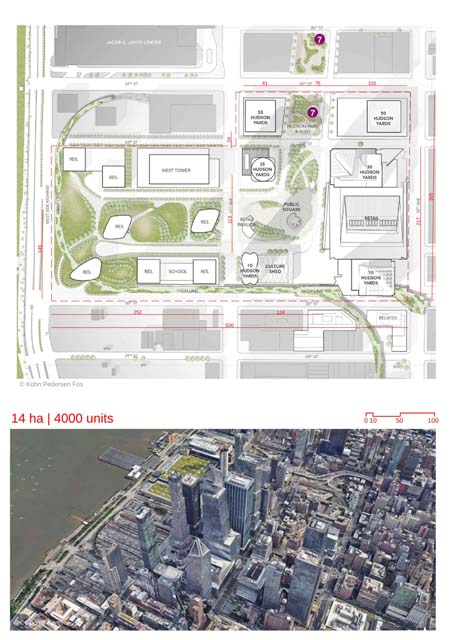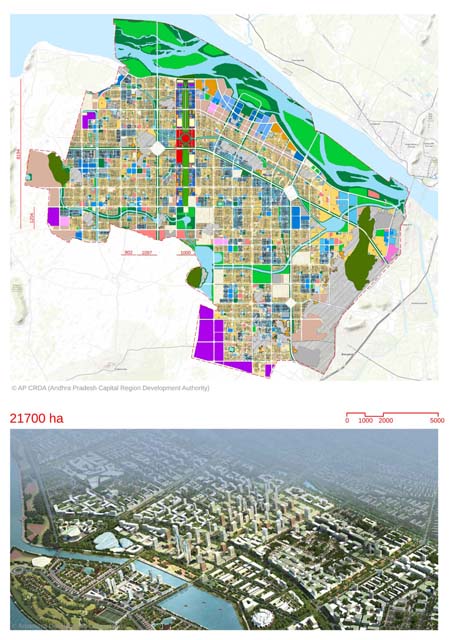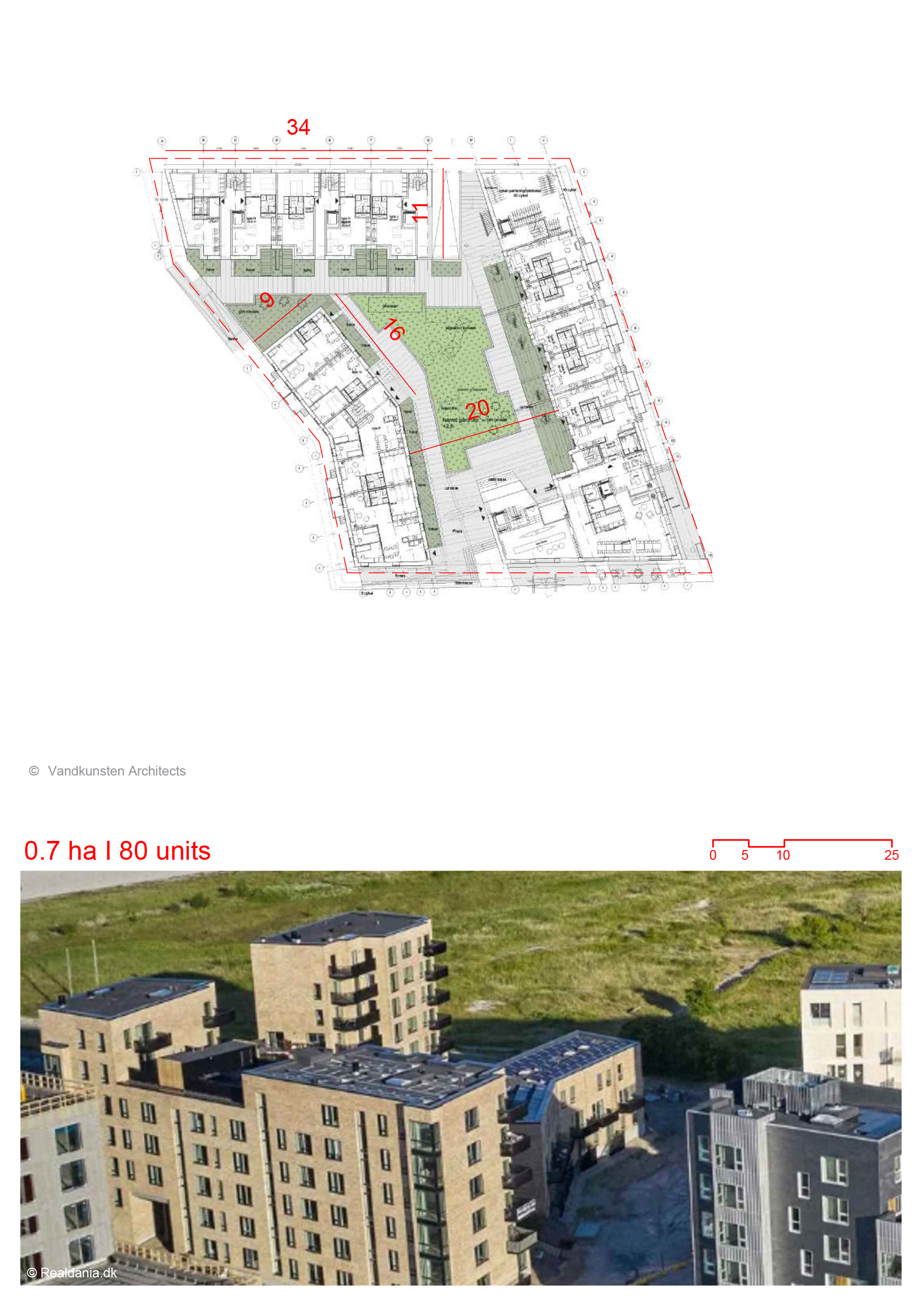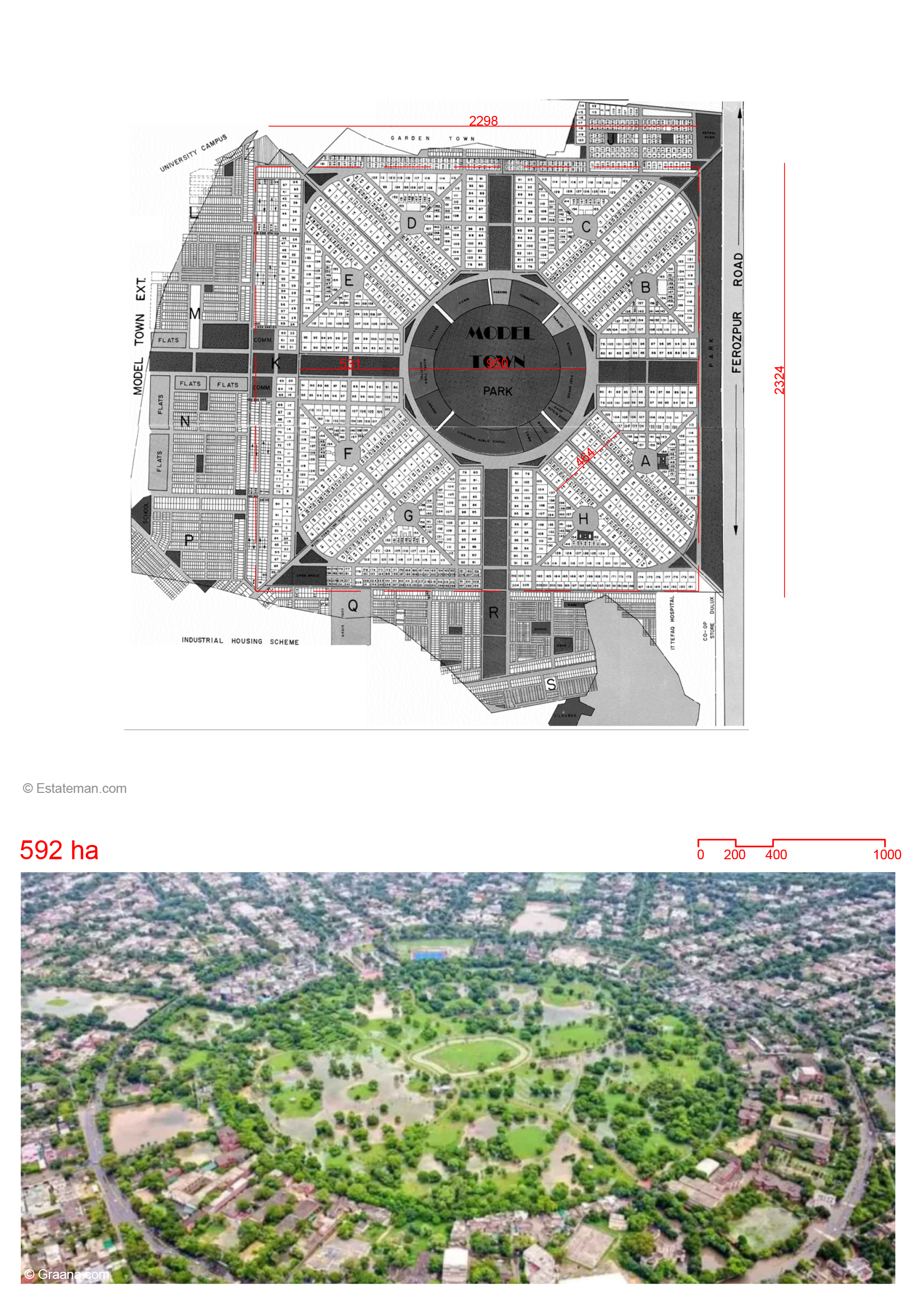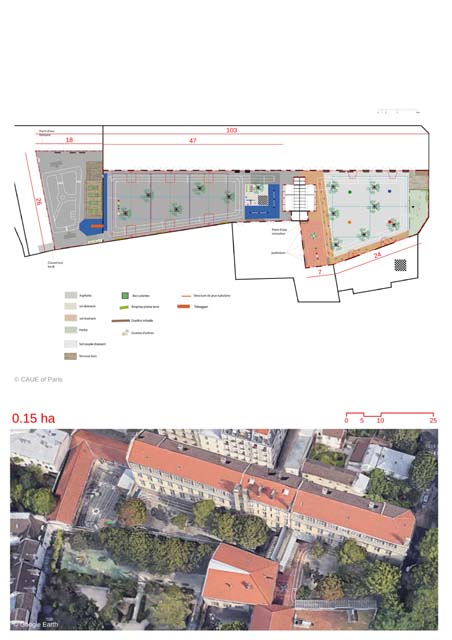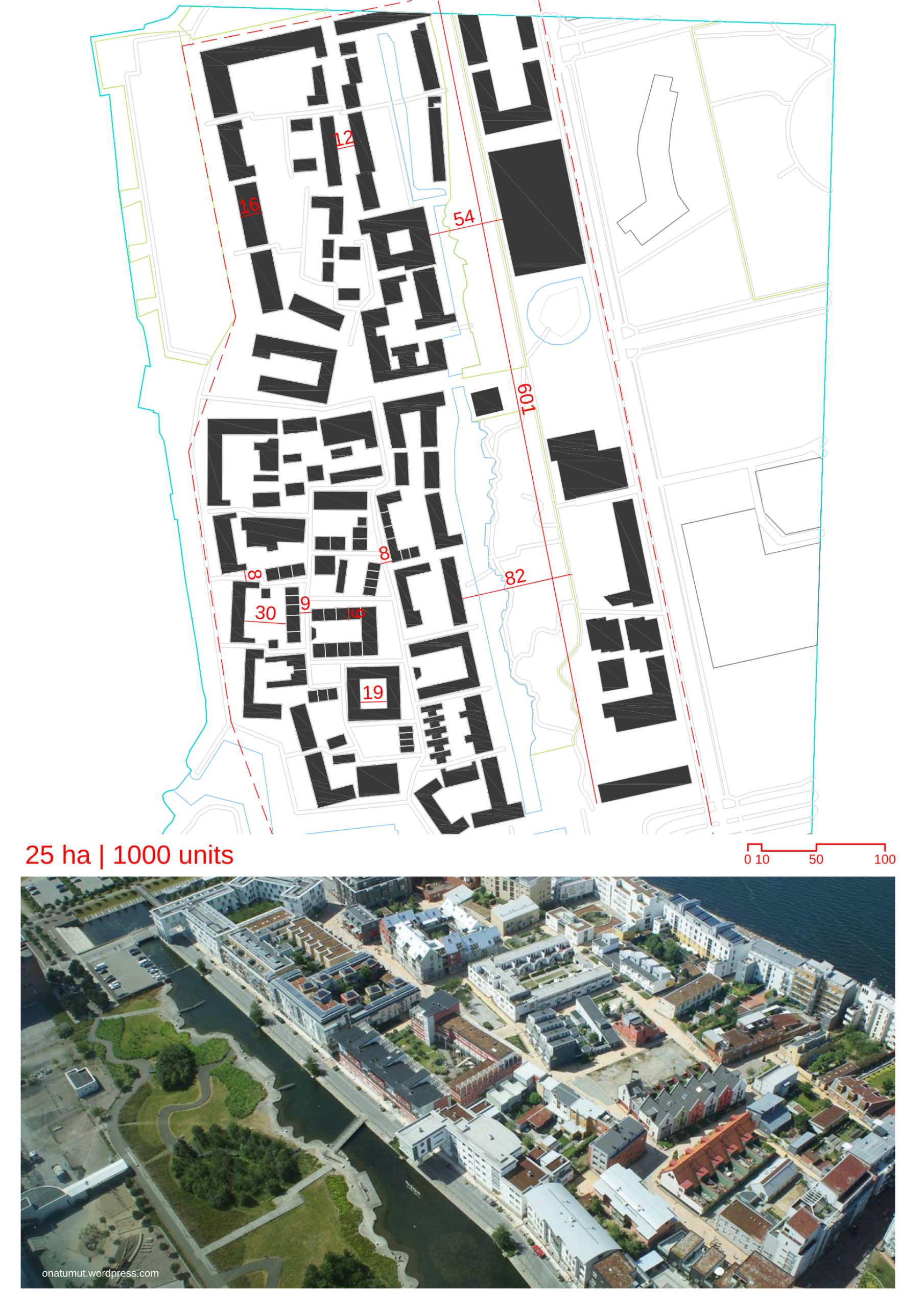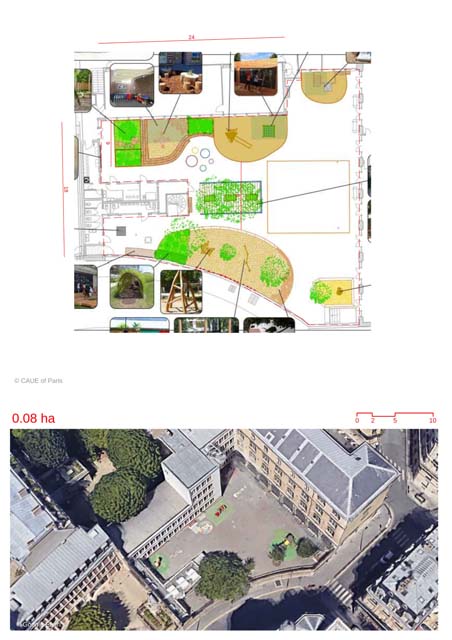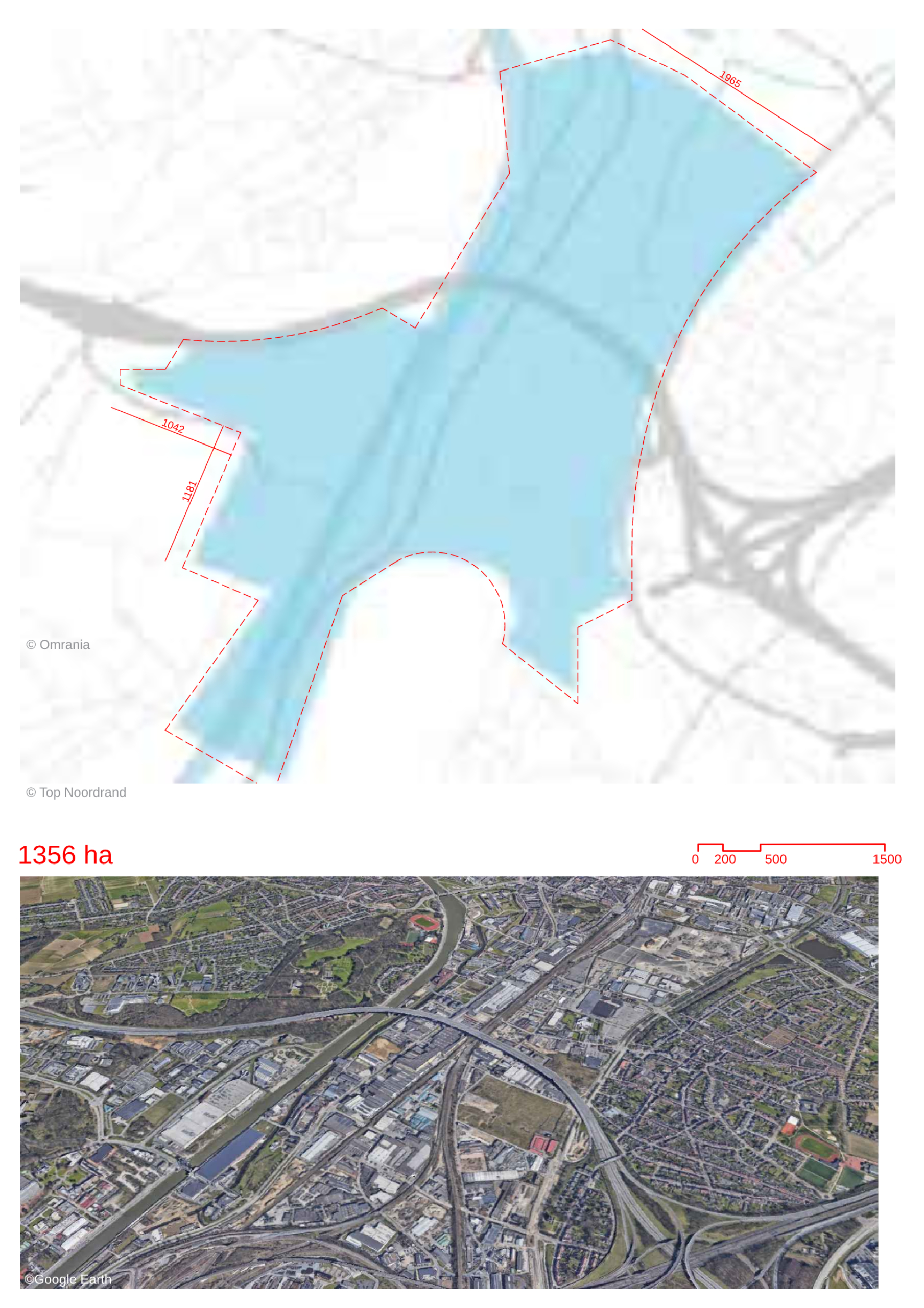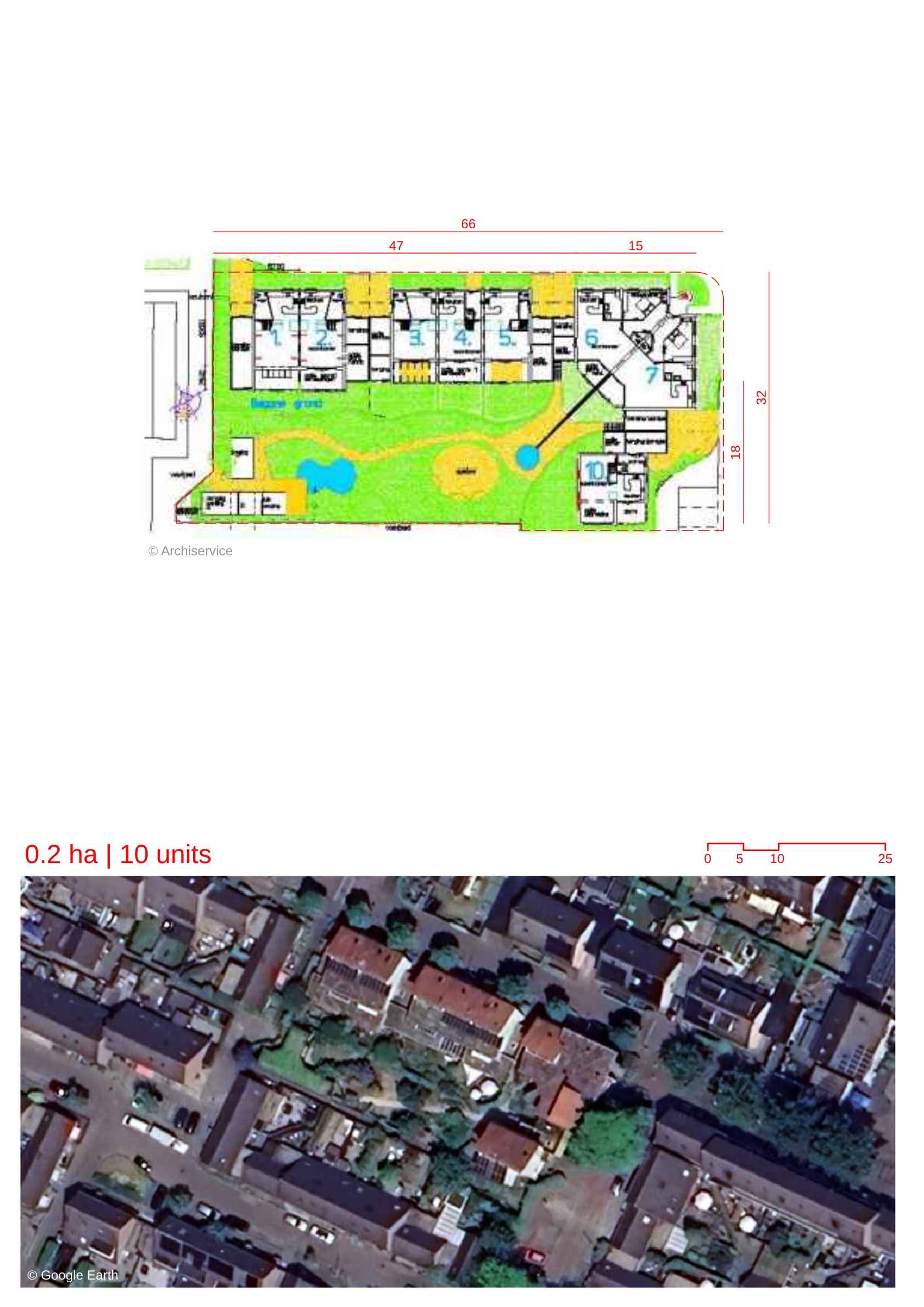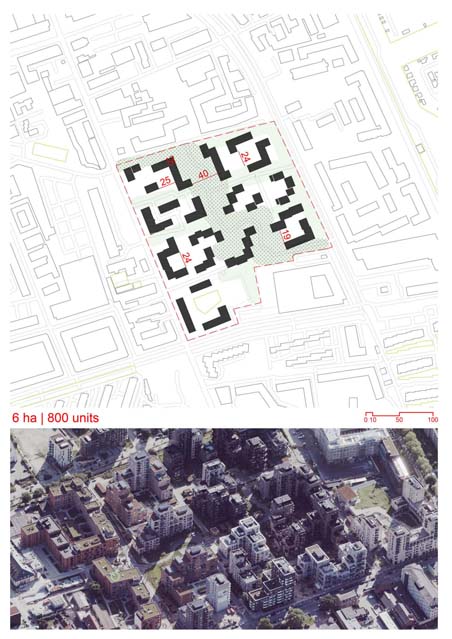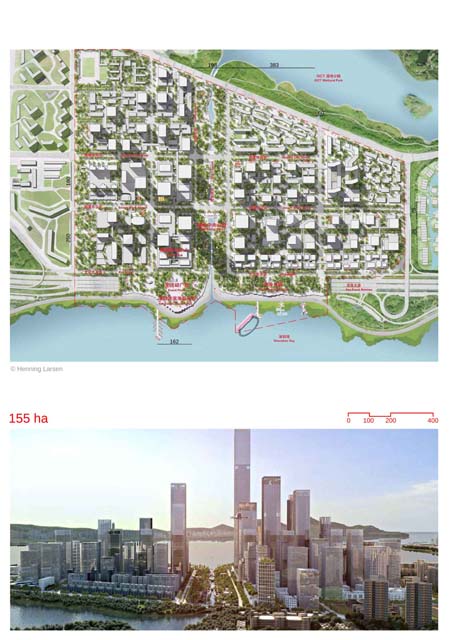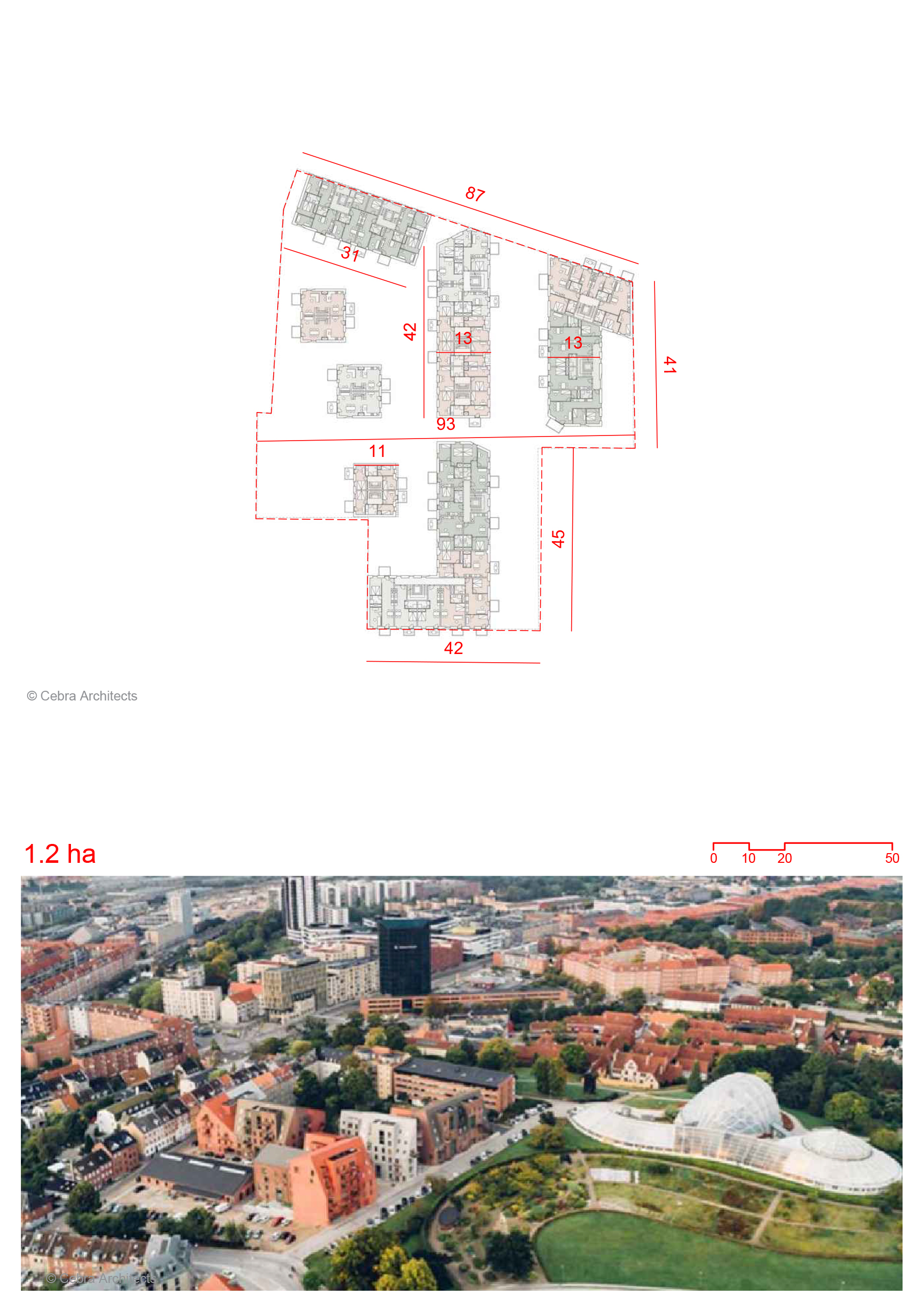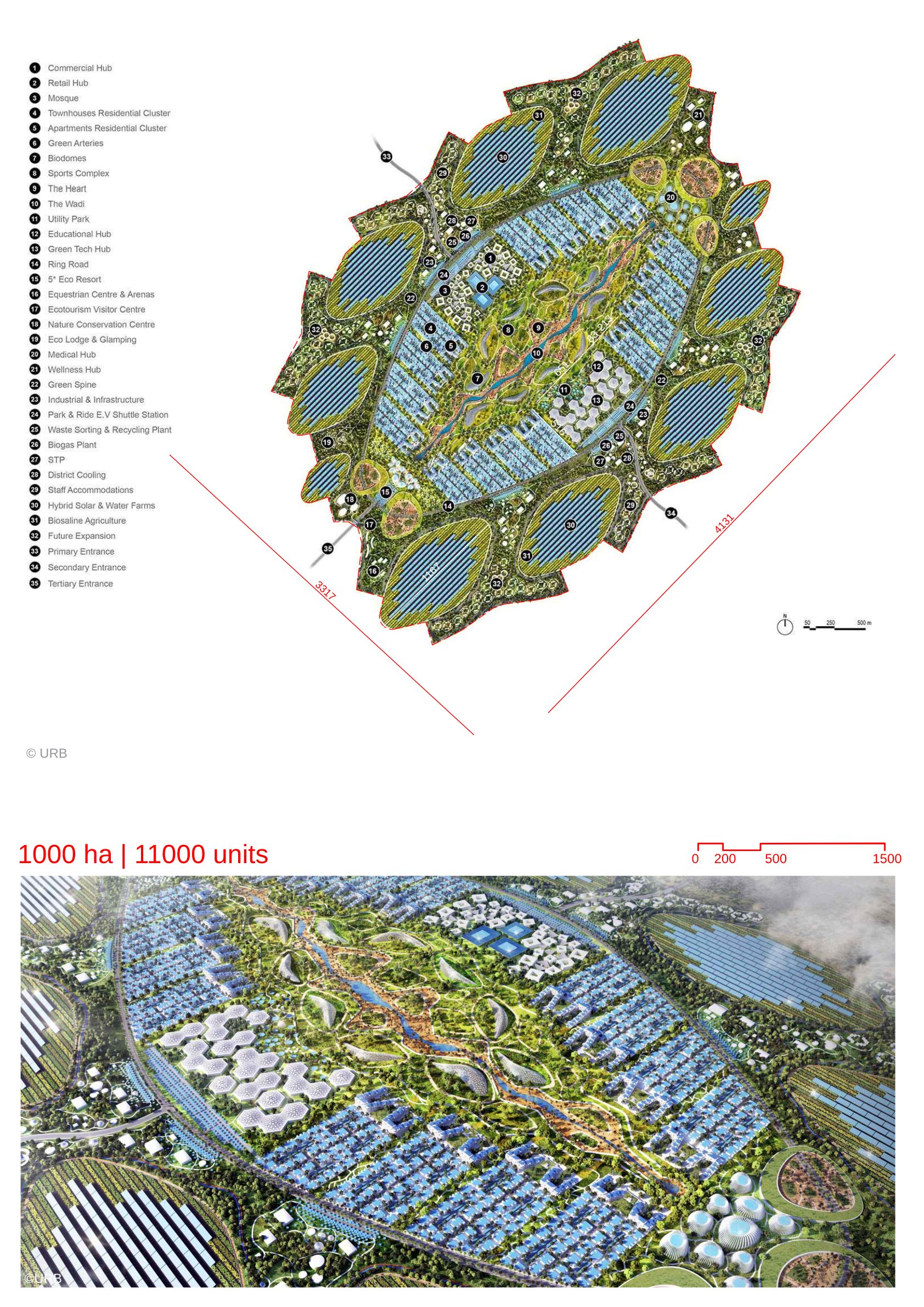
'-It is a zero-carbon smart city. -Green arteries integrate landscape into the entire city.They act as green connections to amenities for the residents. The multifunctional landscape improves outdoor thermal comfort and promotes biodiversity. -The center of the development has been planned with the highest density to reduce walking distances -Passive design strategies involving optimal density,form and orientation have been utilized as a low-cost yet highly effective method for environmental gains. - The central wadi(water channel) and arteries are a network for stormwater management as they aid in retention and infiltration. -A green network encircles the city.It features a green industrial hub and would be a future expansion zone. -Scalable farms with high tech biosaline agriculture, energy, water & waste solutions and biodomes are integrated into the green network. -The major portion of the city would be car-free.Vehicular access is limited to the ring road and solar car parks.Walkways are well shaded and connected with other modes of green transport. -Features like constructed wadis, site topography, rainwater gardens, bioswales & permeable paving are part of the city’s WSUD(water sensitive urban design) strategy. -Low-maintenance landscape, xeriscape and drought-tolerant planting will reduce water consumption. -As it is a smart city,it has integrated technology such as Information Communication Technologies [ICT] and the Internet of Things [IoTs] into its hard and soft infrastructures. -It has a smart grid strategy in various layers such as energy, water, food, waste, air quality, health & wellbeing to provide resources more efficiently and equitably to residents. -The city will promote eco-tourism through its 5 Star Eco-resort and eco-lodges , nature conversation centre and an ecotourism visitor centre.
